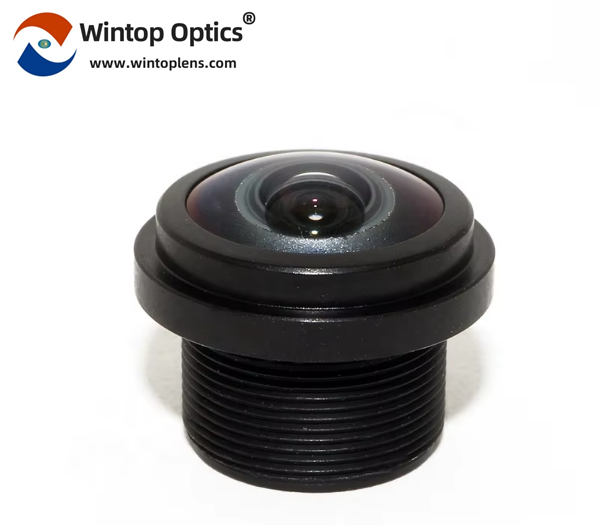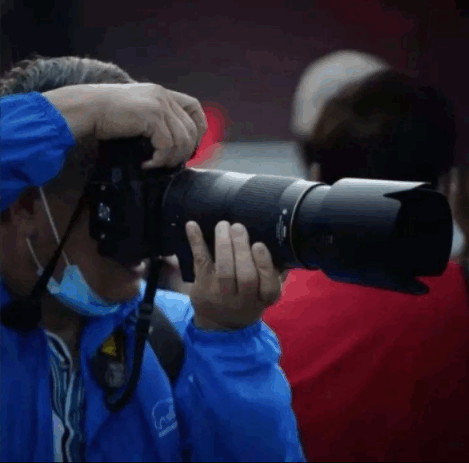What Lenses do Content Creators Use?
Oct 18, 2024
Standard Zoom Lens: Standard zoom lenses usually cover a wider focal length range, such as 24-70mm, and are suitable for shooting various scenes such as daily life, travel, and landscapes.
Wide-angle Lens: A wide-angle lens has a wider field of view and is suitable for shooting scenes such as landscapes, buildings, and large groups. It can also be used to create special perspective effects.
Portrait Lens: Portrait lenses usually have larger apertures and focal lengths, such as 50mm f/1.8 or 85mm f/1.4. These lenses can produce a shallow depth of field effect, making the subject stand out from the background.
fixed focus lens: fixed focus lenses have a fixed focal length, such as 35mm, 50mm, or 85mm. They typically have wide apertures and offer excellent image quality and good low-light performance.
Telephoto Lens: A telephoto camera lens has a longer focal length, such as 70-200mm or 100-400mm, and is suitable for shooting distant subjects, such as sports events, wildlife, etc.
Macro Lens: Macro lens is specially designed for photographing very small subjects, such as insects, flowers, etc. They offer high magnification and excellent detail capture.
Fisheye Lens: Fisheye lens has a large viewing angle and can capture panoramic images or produce strong distortion effects. It is often used for creative photography or specific shooting needs.

